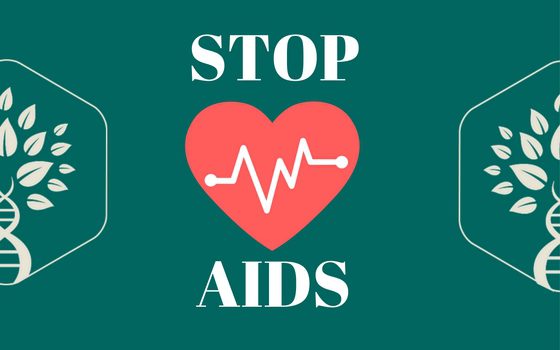World AIDS Day: What Is The 90-90-90 Target And Will We Reach It By 2020?

We start off December, the jolliest month of the year, with World AIDS Day, which has been dedicated to raising awareness of AIDS, caused by the HIV virus, ever since 1988 and let me just tell you why this is nothing less of a jolly topic for discussion in recent years. As you know, we at FindMeCure are dedicated to spreading information not only about ongoing clinical trials but also about the good news in medicine, the advancements of science which better people’s lives year by year. So, today we’d like to acquaint you with the most recent goals and developments in the HIV treatment.
Unlike the not-so-recent past in 1984 when the HIV virus was first identified, and a huge AIDS outbreak took the lives of as many as 47, 993 people in the US by the end 1987, today HIV is no longer a death sentence. In 2013 the United Nations programme on HIV introduced the 90-90-90 target. What does this mean and what does it aim for?
Find Clinical Trials for HIV/AIDSThe 90-90-90 is the goal for the year 2020 (just two years ahead!) and it is often represented by the short formula: by 2020 90% of people who have the infection will know their status, of those 90, 90% will receive lifelong antiretroviral therapy, of those 90, 90% will have the status of “undetected”, meaning that they will have reached viral suppression, making them safe for their sexual partners and thus incapable to transmit the virus.
What do the numbers look like now? 36.7 million people have HIV, but only 60% of them know it. Less than half of the people who have the virus receive antiretroviral therapy due to numbers of reasons (not knowing their status, the health system in their countries and whether it covers therapy and whether they can afford it and so on). Even so, as much as 38% of the people who do receive therapy have achieved the status of “undetectable”, meaning that they have levels of the virus in their blood so low that they cannot transmit the virus to their sexual partners. The 90-90-90 HIV target aims for: 29.5 million people receiving life-long treatment by 2020, 26.9 million achieving viral suppression.
Okay, sounds great, but what are we doing about it? We have to be realistic here – it is a difficult plan to implement and a high aiming target, because even though some countries are close to realizing it, others, lacking the necessary resources, are still far behind.
For the first goal, 90% of all people who have the virus to know their status, we need not only material resources making access to HIV tests easy and free in every part of the world, but also a cultural shift, which allows for people to get tested for various sexually transmitted diseases regularly without the stigma attached to such practice. We need to recognise the air of taboo that surrounds sexuality and especially different forms of it, such as homosexuality (where men are more stigmatised), serial monogamy (where there is a double standard for women), and we need to remove the stigma from making sexual mistakes, while also firmly encouraging the practice of safe sex. This in itself sounds like a heavy burden, but I believe it’s up to us to talk about sexuality in a respectful health-affirming way and to do as much as we can to initiate, participate in or just lend a helpful hand to programmes for sexual education, and spread the word in our communities.
The second goal, 90% of HIV-positive people to receive antiretroviral treatment, requires even more financial resources and medical staff. The thing is, in wealthy countries, there are fewer people who carry the HIV virus, so they are able to afford the life-long supply of retroviral drugs that these people need. But in poor countries, the infection is more widely spread among the population, thus there are more resources needed to cover the medical needs of much more people.
Find Clinical Trials for HIV/AIDSNot to suggest easy solutions here, but maybe if we recognize HIV as in international problem, we will be able to create and sustain an international programme for its treatment, funded in the spirit of solidarity and concern for the well-being of humanity.
However things go in the next two years, whether we reach the 90-90-90 goal, the future holds hope for people who live with HIV, as it is now possible to live a long fulfilling life with levels of the virus so low that they are “undetectable”.
More articles on HIV/AIDS
World Aids Day 2016: The People We Left Behind (Infographic)
Why We Need to Put Prevention of HIV First and Personal Beliefs Second

